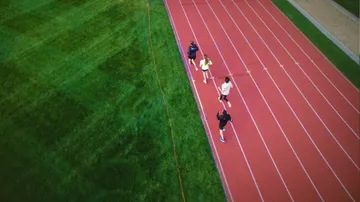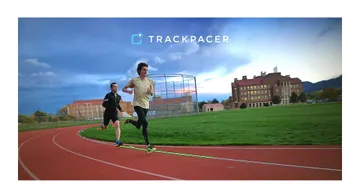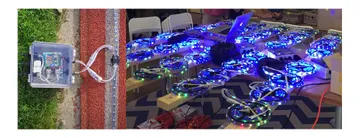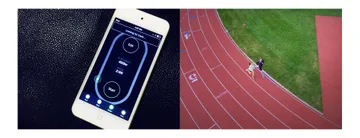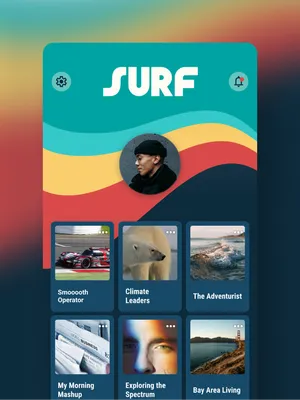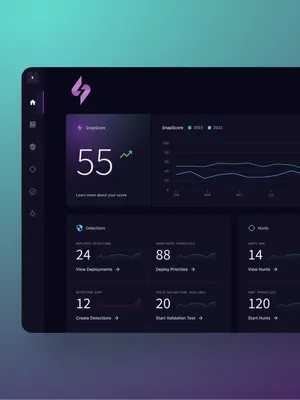-
Challenge
Bring the concept of a digital pacer to life so that a prototype could be tested with coaches and runners.
-
Solution
Combine our hardware and software development services to install a circling beam of light — which can be configured and launched remotely from an iPhone — around the perimeter of an outdoor track.
-
Results
We developed an iOS-controlled LED-based pacesetting system that is being tested and refined with university running teams and professional runners in multiple locations.
Cal Poly engineering student Alexandra Kline had a crazy idea: What if we could help competitive runners train by allowing them to race against a visual marker? Runners are constantly trying to improve the efficiency and quality of their workouts, and in a sport where success is measured by fractions of a second, having persistent performance feedback is critical. It’s common for runners to pace against other people, but unfortunately people aren’t always consistent. When Alexandra came to us with this concept, we were immediately intrigued, but still a long way from making it a reality. Could the idea of a trackrabbit be brought into the modern age?
Areas of Expertise
-
-
Early Prototype
This project began with the kernel of an idea and 400 meters of LEDs. Early prototypes demonstrated the viability of a master-slave architecture, where one master device controls a number of other devices (known as slaves).
-
Verifying Pace
We ventured to an indoor track to calibrate TrackPacer and to ensure pace was accurate. We backlogged enhancements like saving workouts and running multiple pacers concurrently until we proved the core tech.
-
-
Taking it Outside
Feedback from both coaches and athletes was critical for TrackPacer's development. This couldn't happen inside a lab, so in collaboration with the University of Colorado Boulder, we installed TrackPacer at Potts Field for runners to test.
-
A Native Approach
Not only can coaches use a native iOS app to launch the pacer, but the app also allows for configuration of multiple pacer colors, speeds, workout distances, workout intervals, and rests between intervals. Track visualization also shows the real-time movement of pacers, helping coaches easily distinguish them when multiple groups are on the track.
Want to learn React Native? Start here.Lawson Kurtz, Former Senior Developer
-
-
React-ing Quickly
TrackPacer iOS was built with React Native — an open source framework for writing native iOS and Android applications with JavaScript. With React Native, we were able use our extensive JavaScript development experience to rapidly develop a native experience—so rapidly that we were able to surprise the client with extra functionality, including the ability to launch multiple pacers.
TrackPacer Part 1 - A Nerdy OverviewEli Fatsi, Former Development Director
-
NeoPixel Perfect
To create the illusion of an orbiting beam of light, the inner perimeter of the track contains 12,000 LEDs, commonly known as NeoPixels, controlled by an array of slave microcontrollers. A master controller continuously broadcasts the location of the pacer to the slaves, enabling them to illuminate the appropriate LEDs.
TrackPacer Part 2 - Connecting Multiple Microcontrollers Using ICSCEli Fatsi, Former Development Director
Summary
By using a combination of React Native and LED hardware, we created an app-controlled running pacer that’s innovative, deceptively simple, and fun to watch.
